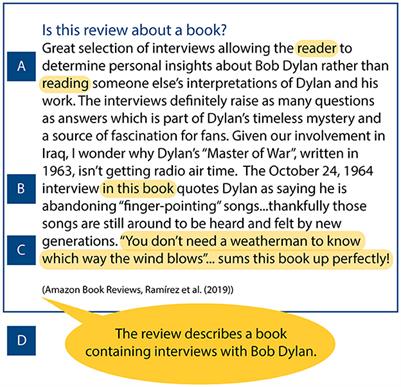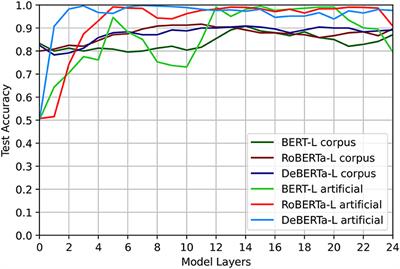EDITORIAL
Published on 16 Aug 2024
Editorial: Explainable AI in Natural Language Processing
doi 10.3389/frai.2024.1472086
- 1,178 views
3,432
Total downloads
18k
Total views and downloads
EDITORIAL
Published on 16 Aug 2024
REVIEW
Published on 24 May 2024

ORIGINAL RESEARCH
Published on 05 Jan 2024

ORIGINAL RESEARCH
Published on 12 Oct 2023

REVIEW
Published on 25 Sep 2023

ORIGINAL RESEARCH
Published on 25 Sep 2023
